Bouldering harder in midlife
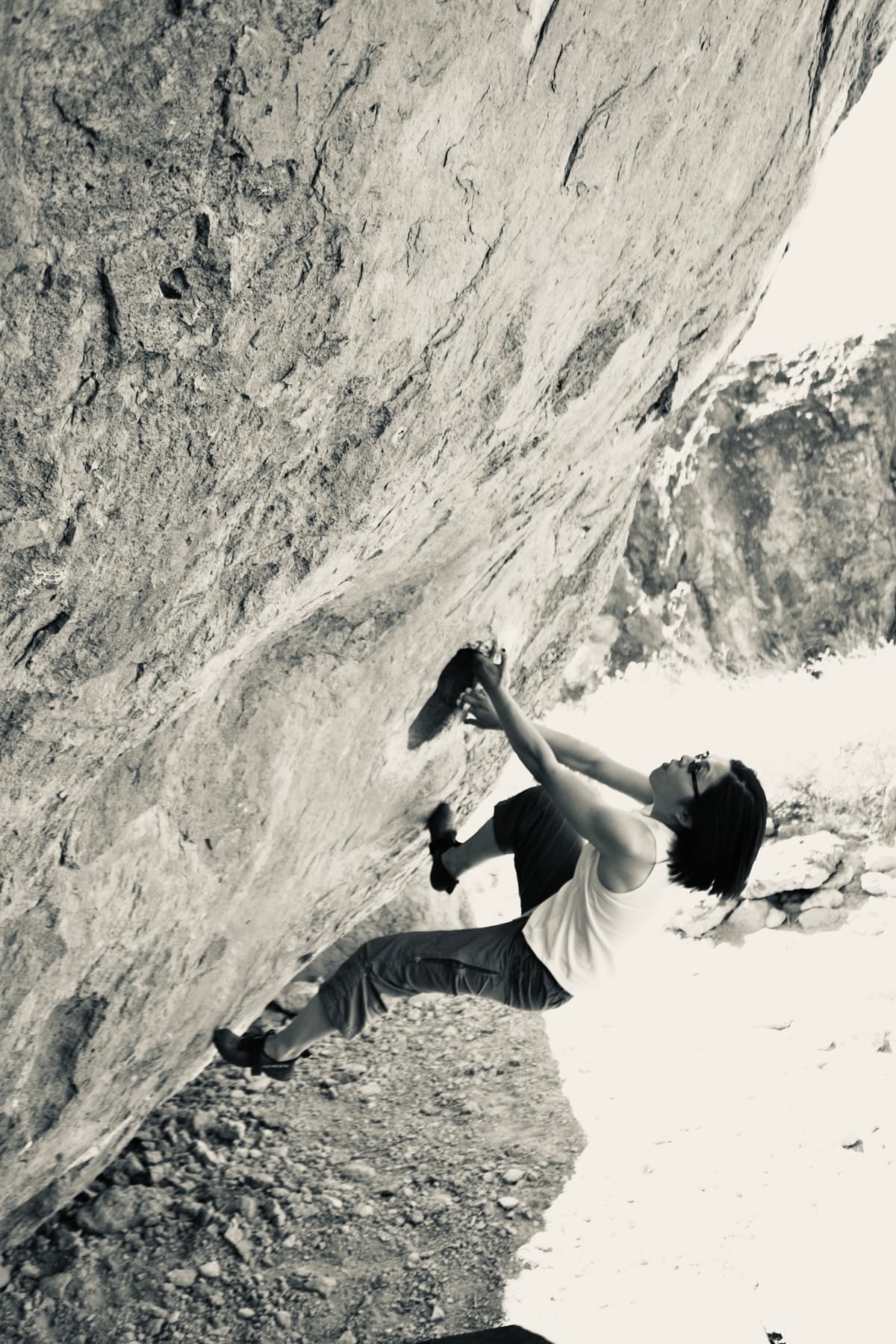
Sweaty, chalky, stench of feet bound up. Pulling fingers on crimps, pushing toes on nubs. Always on point, pain in the joint. ‘This sandbagged problem can’t be a V5’. Just stick the heel, rubber smearing on slab. Falling over and over on the crash pad. Flagging, gastoning, and rocking over. Finely commanding every muscle fiber. Dead-pointing to a topout sloper. One loud cry, sweet dopamine and it’s over. A sense of pride, high from the send. Only to downclimb and do it all again. -GW (An Ode to Bouldering)
I’ve been bouldering regularly for nearly 20 years. I started in my 20’s, at what used to be Planet Granite (they're now Movement). Bouldering blew up in the past few years, but when I first got started, it was an activity that attracted bohemians, techies, and outdoor enthusiasts. It was fun and new and hard to explain, but I enjoyed doing it and being part of the community.
I was first introduced to the sport by an older coworker. He was around his mid-40s then, super fit and cool, and he showed a group of us 20-somethings the ropes (though no actual ropes are used in bouldering!). I could barely climb a ladder at the time. But inspired by him, I practiced 4 times a week for several months and got stronger, found a posse of equally passionate people, and generally enmeshed myself into the ethos. For a time I was going on outdoor bouldering trips almost every weekend.
Recently, the sport has grown in popularity and now attracts a variety of people, not all fringe. While I lament that it has lost some of that pioneering spirit, I'm also glad that more people are enjoying what I love to do. A lot of people are now jumping into the sport at all ages, some perhaps wondering if they can still do it in midlife. I'd love to share what I learned over the years, especially as someone bouldering harder in midlife.
We need to treat our bodies differently than young people because we get hurt more easily. Many bouldering problems are set up in a way that brings excitement, so you’ll see a lot of dynamic moves or strange body positions. If you start young, your bones and tendons grow with you, and your risk of injury is significantly reduced. But even if you start later, with mindfulness, you can also develop your body to adapt to the stresses slowly. If you need any inspiration: Climbing Into Old Age.
Train in comfortable shoes
I’ve been told to get very tight downturned shoes for better bouldering, with toes squished and bent in the toe box, and no excess room anywhere. With the foot in a highly compressed downturned shape, it minimizes any bending and concentrates all the power to the toe. This is great for trying to push to the next level on micro footchips on overhanging problems, but in the gym where the plastic holds and wall material are already very sticky, I find it mostly unnecessary.
For years now I’ve been using cheap, comfortable snug shoes for my indoor training. Snug means I can’t wiggle my toes when I stand up but can wiggle them when I sit and push my heel to the back of the shoe (in other words, there is room to bend the foot). I find that extremely performant shoes only yield marginal results in the gym. I simply can’t wear cramped shoes regularly anymore due to pain in the first joint of the big toe, from possible arthritis.
I think of it this way: if I can train and do hard climbs with more comfortable shoes, I can certainly climb harder with performant shoes. Bouldering with comfortable shoes is a type of self-imposed handicap. It allows me to focus on my technique and make sure I also strengthen my foot muscles. Plus, I can wear them for much longer without taking them off. So I’d just stick with comfortable shoes for training, then performant shoes when I’m trying to push my performance limit to see how hard I can climb for reasons like benchmarking.
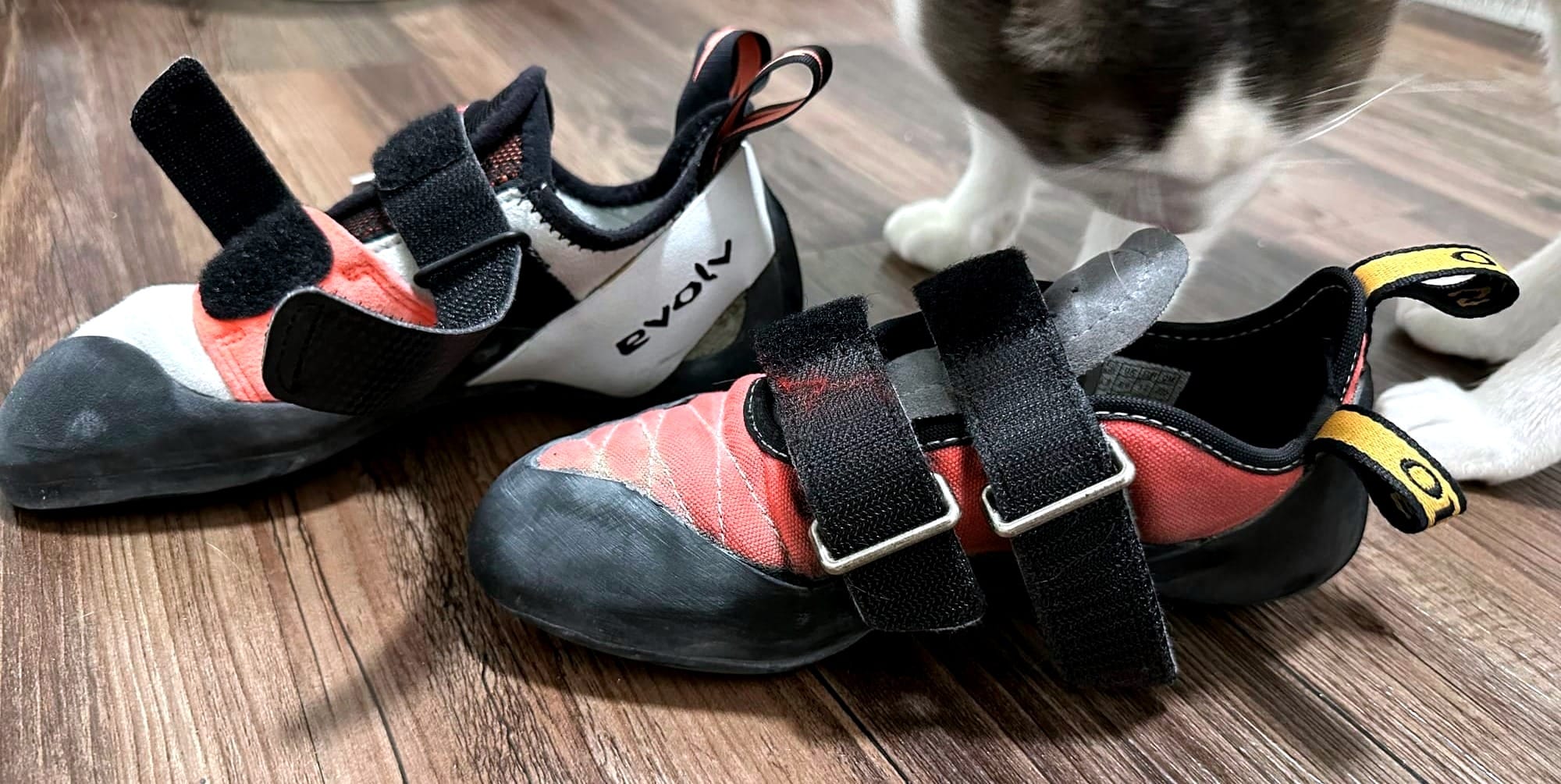
Never skip the stretching and warming up
I often see young (and not so young) climbers hop onto one V3 (intermediate), maybe two, and then onto their V7 (advanced) project right away. They can do that because their joints and tendons are still flexible and lubricated, and they were probably running around already from school or another sport before the bouldering session. As an older climber who just got off work, I need to make sure I drink lots of water, warm up for at least 15mins, and stretch for at least 15mins, before I attempt my projects. I find that if I skip the warm-up and stretching, I will likely re-injure old wounds, or pick up new injuries, usually in my shoulder, lower back, and fingers.
Proper warmup means a sustained activity that elevates pulse and body temperature. If I sweat, that’s a good sign as it means my body is pumping fluids. On the weekends I bike to the gym, which gives me a 20-minute warm-up. After the warmup, I do a slew of stretches on my limbs, core, fingers, shoulders, and hips. I also throw in a few mobility movements I learned from GB Climbing Coach to get key muscles used to certain contractions that help with bouldering, such as hang boarding with shoulder drops, pelvis thrust, etc.
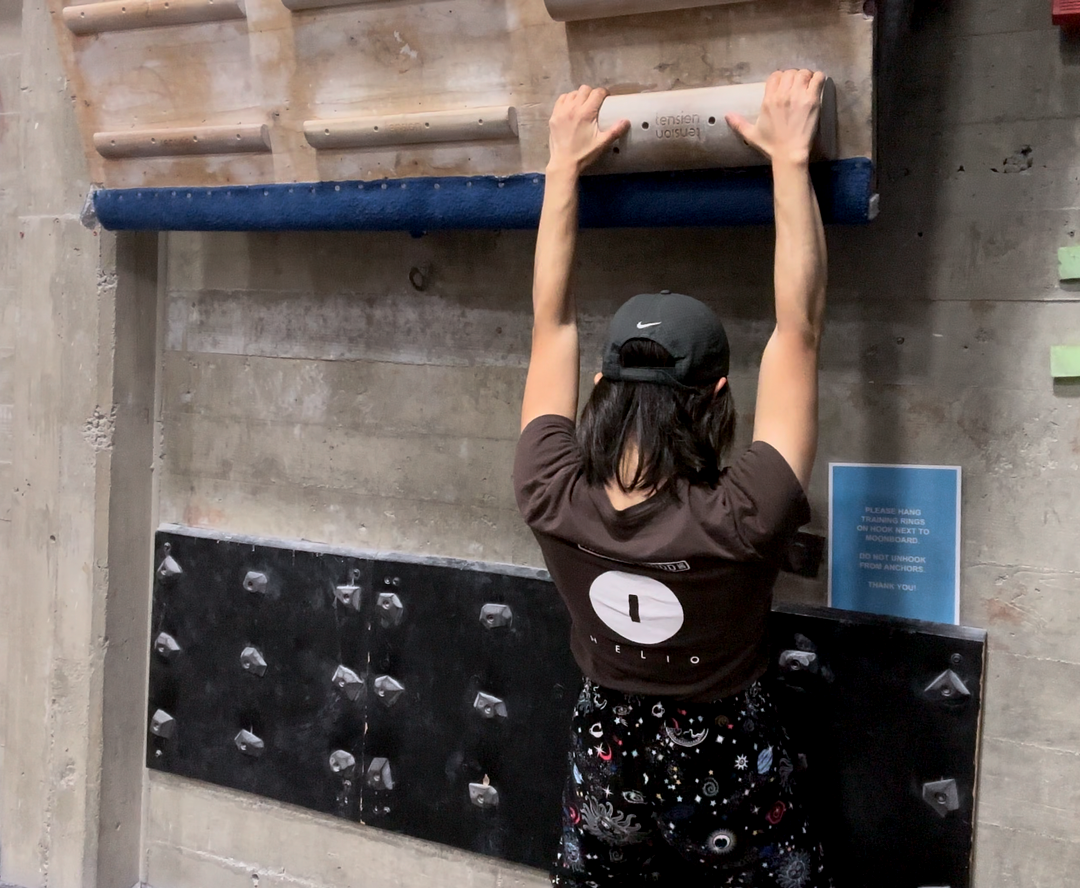
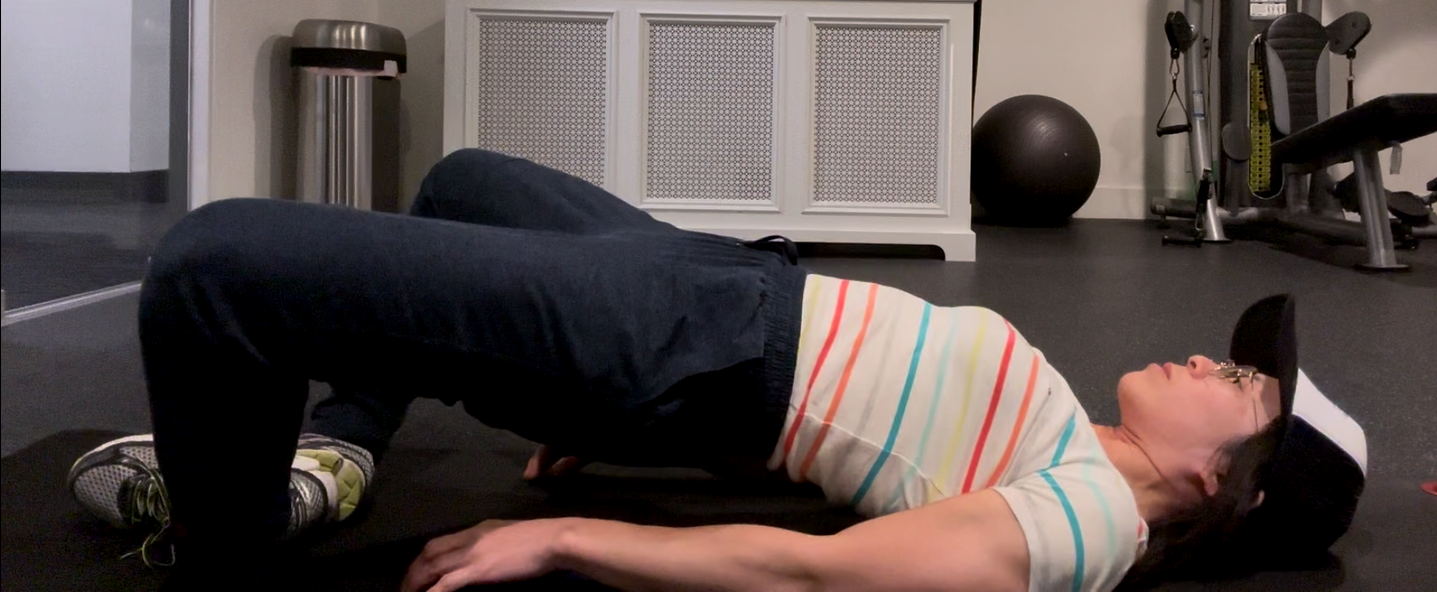
Boulder for 1 day, then do something else for 2
The 10-year-olds I accompany at the youth climbing league climb 3-5 days a week, sometimes even 7 days a week, and they climb hard. They recover easily after a night of sleep though. In contrast, it takes me 2-3 days to recover after a hard session (the next morning really sucks). I used to be able to jump back on the wall every other day in my 20s as well, but it’s been getting harder to pull it off. Part of it could be diet and sleep, but even adjusting for that, we older folks just can’t recover as quickly. I must give my body enough rest days before going back for another hard session.
On my off-the-wall days, I focus on conditioning exercises like dynamic planks on rings, TRX, and yoga. I find these help with balancing and strengthening muscles not consistently activated while bouldering, which is crucial for injury prevention and overall health. Imbalanced muscles cause problems when stronger muscles overpower the weaker ones. Since bouldering is such a random movement activity, I need to strengthen all my small muscles around big muscles to maximize performance. You never know what small muscles you’ll use on a given problem, and sometimes the way you know you've used them is when you pull something.
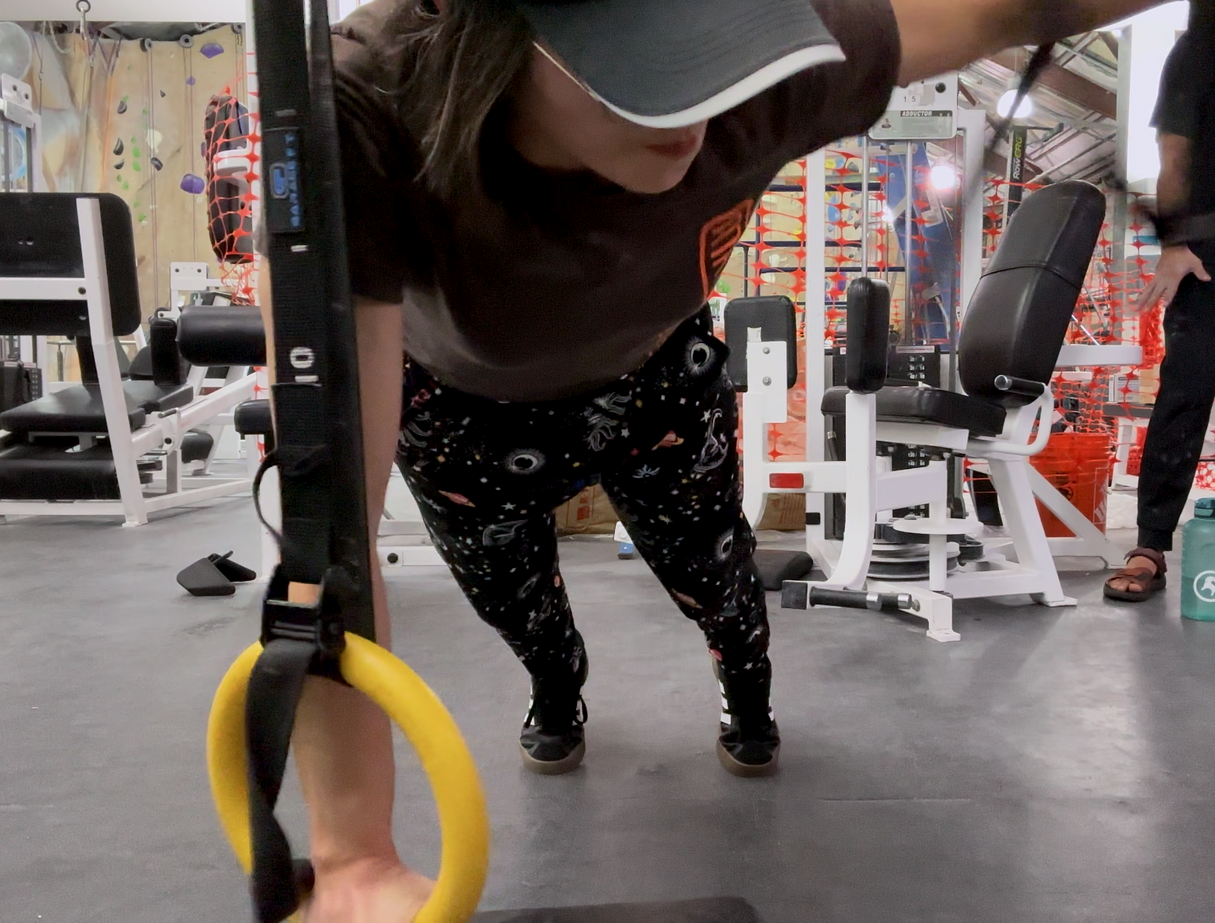
Rest, and then rest some more
Recovery for me is a good night's rest, plenty of hydration and nutrients, stretching, and avoidance of alcohol. I recently learned that alcohol harms muscle building post-workout, and also in general, stresses the body too much to properly recover from injuries or inflammation incurred during a hard bouldering session. Pretty much, most of the gains you make in the training session are practically negated by alcohol. So I limit alcohol (if any) to 2-3 days after a hard session.
I discovered over the years that my various joints and tendons get stiffer and more swollen after a hard bouldering session. Therefore I think it’s becoming more important to stretch daily and stay hydrated to remain nimble and flexible, otherwise, I’ll gradually lose range of motion, and it's harder to gain it back later. I've also started taking collagen from Vital Proteins and Daily Greens from Huel. I don't have hard evidence, but I believe this is helping me recover better as I'm just generally less achy recently.
Since I have a recurring injury in my middle finger knuckle (sadly very common), I ice it with Dr. Frederick's Original Frosty Fingers after every session, then stretch it constantly to maintain the range of motion for the joint. My knuckle is generally in a bent position, with a bump on it, making it look disfigured. I will probably need surgery to correct it in the future. But for now, I ice, massage, and stretch. I've been using the GripMaster to strengthen my ring and pinky fingers to help offload the force from my middle fingers on both hands.
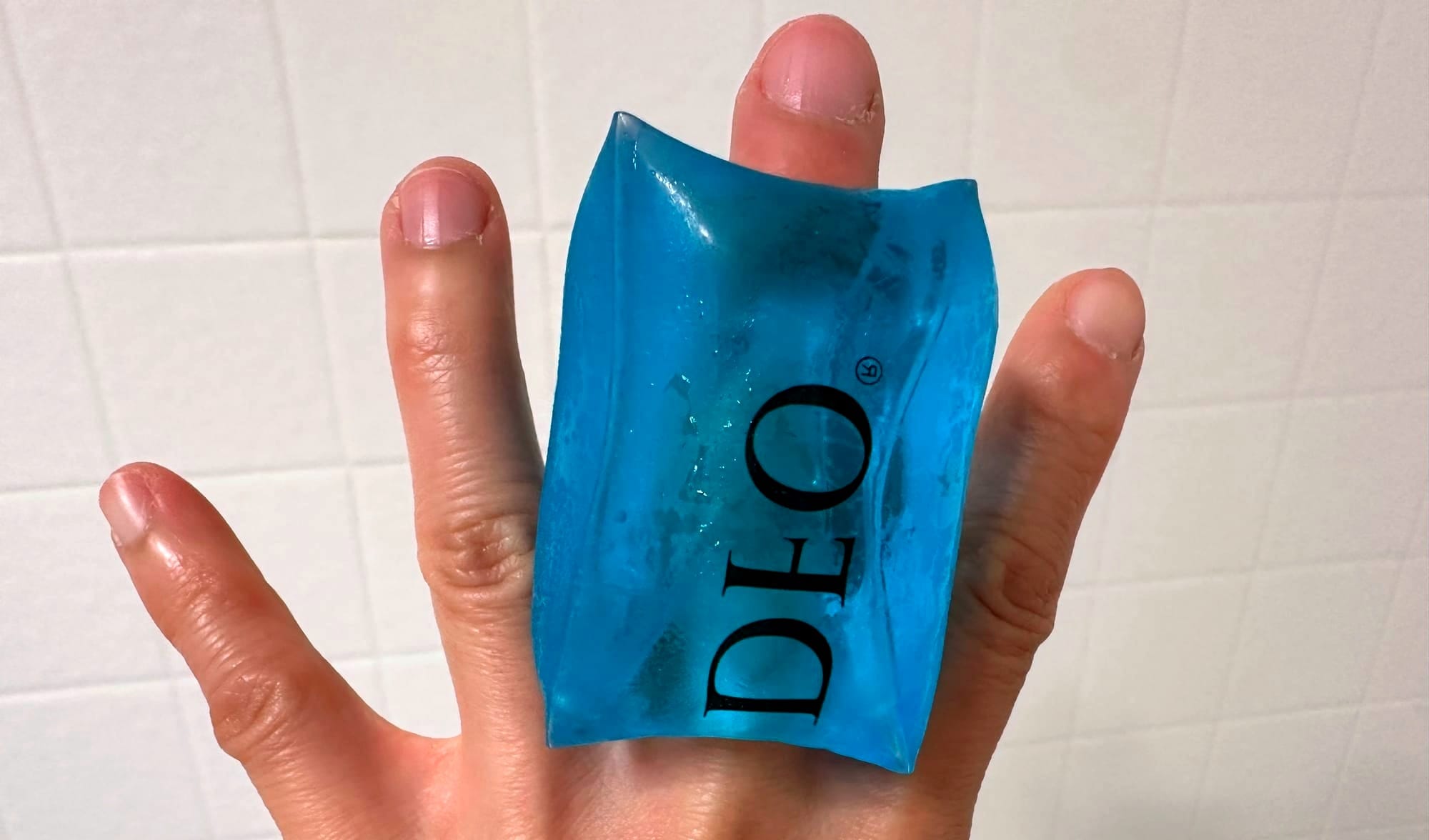
Bouldering harder and harder
Recently, I've been bouldering harder than I've ever done before, well exceeding my capabilities from my 20's and 30's. I attribute it to all the training, preparations, and wisdom collected over the years. I'm now more acutely aware of my surroundings and my body’s limits. I know what movements to avoid, and what the landing could be like for various body positions. I never tape my fingers up or wrap any injuries so that I can feel everything, to know when to stop and adjust my beta, or call it a day.
For me, bouldering is a flow experience as it requires intense focus on each body part that moves or contacts the wall, and time slows down. The harder the problem (but still within my capability), the more in-flow I feel, and all other thoughts fade away. I’m focused on every hand placement, every toe point, every muscle contraction, etc. I can detect a good or bad hold even before I apply pressure on it, and I can imagine what my next body position will be and how to get to it. When I complete the problem or jump off, my focus is back to the environment, the noise and music from the gym coming to the fore.
The exhilaration I feel after completing a new hard problem is like no other. When I was younger, I would chase grades to get a high. It was all about showing off and bragging rights. These days, it’s about finding a novel way to solve a problem that suits my body type and sharing the beta on Kaya (the posts only show up on the mobile app) with others to inspire them not to give up. Thus I’m drawn to deceptively hard lower V-grade problems (known as sandbagged problems) or perplexing problems that stump even seasoned boulderers. I enjoy finding my unique way around them, surprising myself and others.
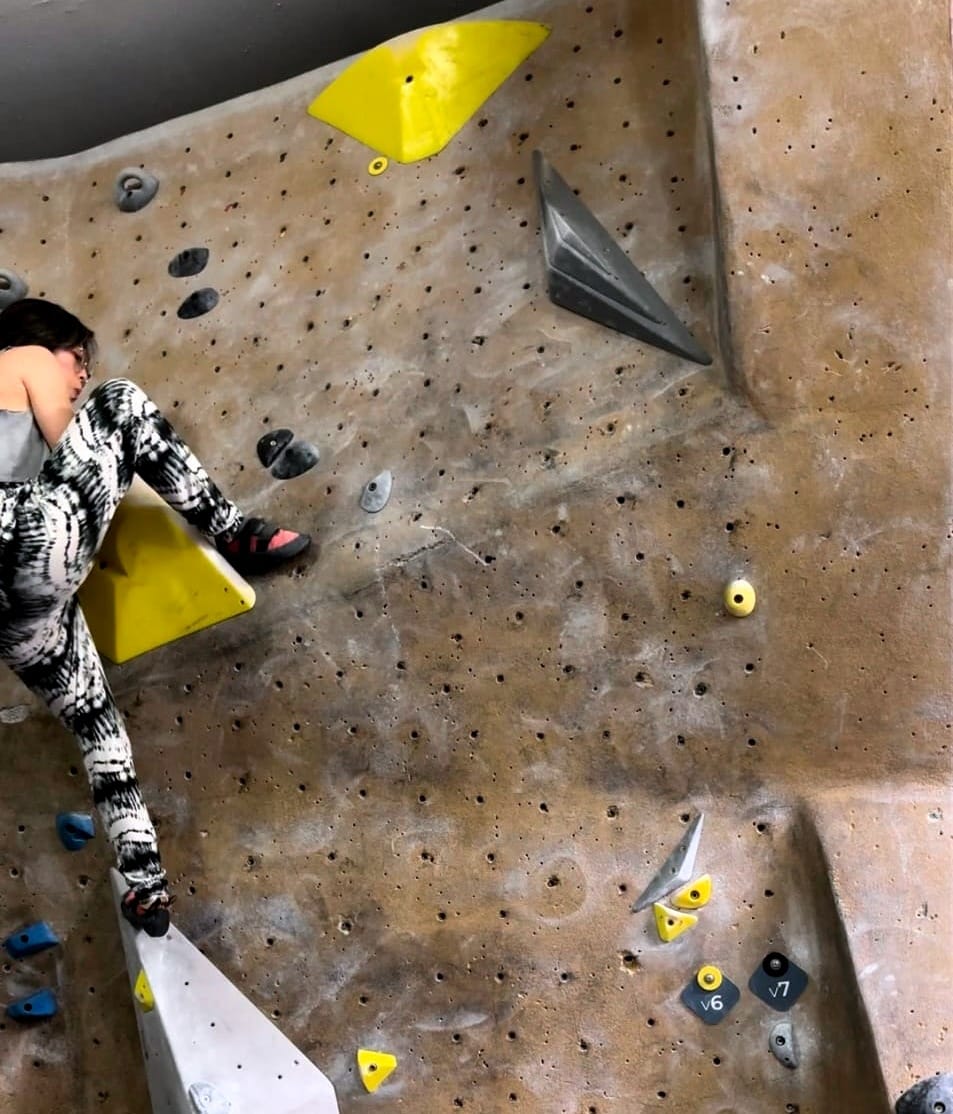
Hit me up on Kaya or Instagram if you have any questions or comments.
Happy bouldering! 💪